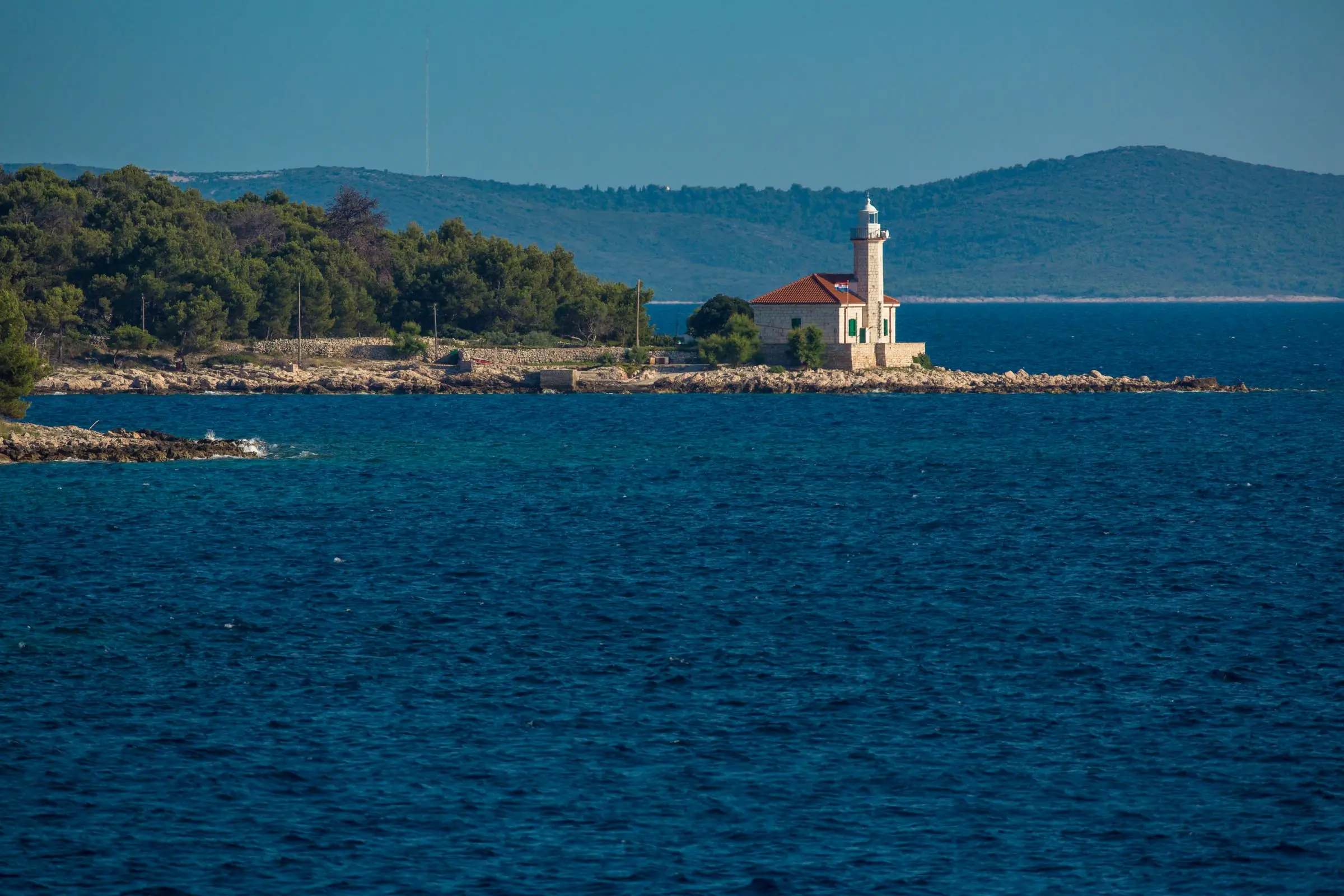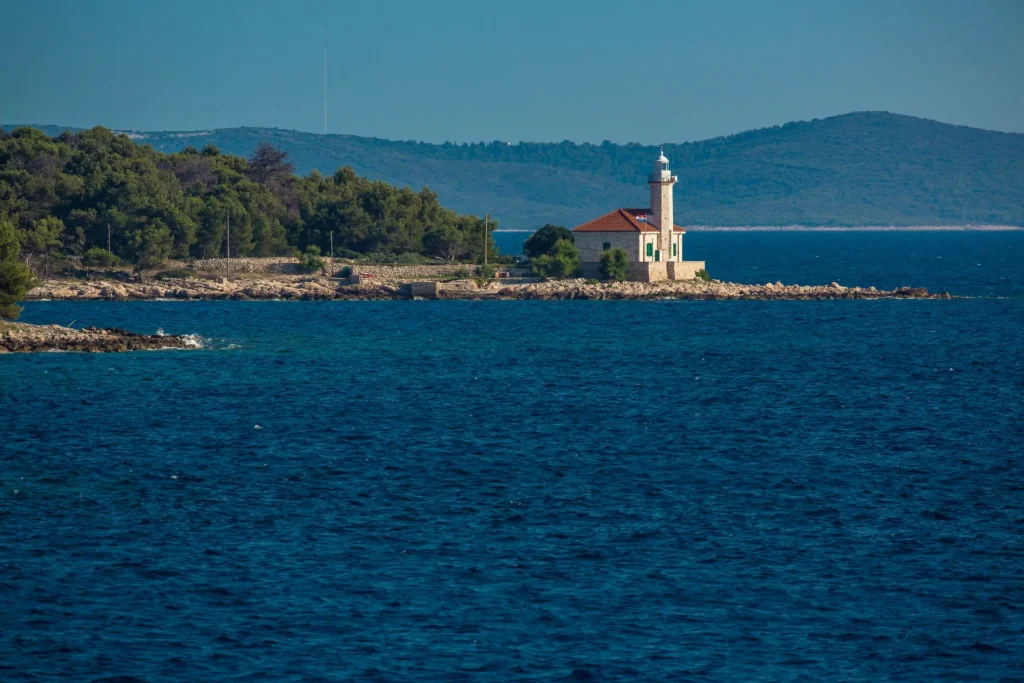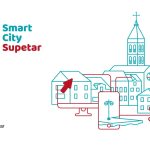
December 19, 2020 – Brac Island introduces green renewable energy policies after a cooperation agreement with local stakeholders was signed on Friday.
Dalmacija Danas reports that a Cooperation Agreement of Local Stakeholders on the Road to Independent and Clean Energy on Brac Island was signed in Supetar on Friday. The signing of the Agreement thus completed drafting the initial Energy Transition Plan of the island of Brac from 2021 to 2030, prepared by the working group Otok Brač, with technical support and coordination of Porzana d.o.o., Zagreb in co-authorship with the EU Clean Energy Secretariat.
Ivana Markovic, the mayor of Supetar, expressed satisfaction with several things, but especially pointed out ‘the commendable unity of the island and all eight local self-government units in finding the best opportunities, spatial among others, for some things like a communal solar power plant to be realized’.
“Together with ten island communities in the Republic of Croatia, Brac has applied for the EC tender, which includes obtaining funds for the development of the Strategy on how to reach energy transition projects. A total of 26 islands in Europe have received funding for this. As the name suggests, our ultimate goal is for our island, like all others, to be self-sustaining, take advantage of all the natural opportunities the island has, and develop alternative energy forms. I am glad that all the municipalities on Brac have joined, and what I am happy about is that large funds have been left with Europe, and it is about 750 billion euros for all the islands. I hope that all of us together, not only local self-government units but also citizens and entrepreneurs, will prepare projects and use the funds provided by the EU. For Supetar, this specifically means using renewable energy sources, the use of sun and wind, to be in some way independent. The use of solar panels ultimately has a double effect – reducing the negative impact on the environment and streamlining the business of entrepreneurs and saving households,” said Markovic, adding that this is a broad project, a strategy that is not based only on Supetar.
Ivan Samardžija, as a representative of RERA, but also one of the two island coordinators (in charge of the islands of Brac and Hvar, while the other coordinator is in charge of Vis, Solta, and Drvenik Veli and Mali) explained his role.
“Our task is the overall coordination of all public legal bodies, stakeholders on the island to withdraw EU funds and overall island development. We are working on developing the National Island Development Plan in cooperation with the Ministry of Regional Development and EU funds, and we will soon start an individual Island Development Plan. Following the amendments to the Law on Islands, we are working within the County Development Plan, so we will arrange practically all the documents and start working for this time period.”
The mayor of Pučišća, Marino Kaštelan, also pointed out some problems, i.e., difficulties that he noticed after working meetings on this topic.
“We had a meeting in Pučišća, where the experts, representatives of public authorities and regulatory bodies at the state level focused on energy issues, and all interested investors in the field of renewable energy sources gathered. We had a quality and well-argued discussion that should lead to the final resolution of investors’ problems. On the one hand, we have a state that is overwhelmed by the demands of different investors with different ideas for renewable energy projects – power, the capacity of seven gigawatts in the next year or two – and on the other hand, these same investors have not properly proved ready for such projects.
Now there should be some criteria according to which it would be decided which projects go further and then really follow them. In my opinion, the key problem is the transport of energy from Dalmatia, where we know that we have the best conditions for the production of solar energy in solar power plants and wind farms. We can spend that energy in Dalmatia for a period, when tourism is at its peak, for example, but in principle, real consumption is in Croatia’s interior. To transport this energy produced in Dalmatia inland, huge investments are needed. This should be done by HOPS, the network that moves from Konjski towards the interior, towards Zagreb, so that it expands and upgrades. That the 400 kW line is strengthened so that the amounts of energy can be placed further.
This way, we will have smaller projects. If every product cannot reach the market with quality and cheapness, it will eventually stop being produced. That’s where I see the problem. Maybe my approach is a bit more conservative because a lot can be done with smaller things, local, individual investments from panels on the roofs of family farms to electric bicycles. All this is useful and valuable, but we will make the right step only with the right infrastructure. I understood; there are funds. I call on HEP and the Ministry of Economy to be partners with these investors because the benefits are mutual,” concluded Kaštelan.
Maja Jurišić, president of the Island Movement, commented that ‘energy transition is a luxury in Croatia.’
“The experience of working with the Secretariat for European Islands has shown me that Croatia is one of the few, if not the only, that has all its islands connected by an electric cable to the mainland. So we have a fairly secure system, as much as some might disagree with it. In Europe, however, many islands are ‘torn off’ from the mainland because they are too far away, dependent solely on themselves, on fossil fuels with high shipping costs and unclean energy sources. When we ask the average person on the island, they think that the energy transition is not a development priority at the moment – survival is a priority for most. As a tourist country branded as a destination with a thousand islands, we have the opportunity to raise the destination, the complete picture of the country, by introducing green renewable energy policies. On the contrary, by introducing renewable sources, we reduce costs and increase competitiveness, increase the visibility of the destination and thus ultimately compete in the market,” explains Jurišić.
To read more about lifestyle in Croatia, follow TCN’s dedicated page.









